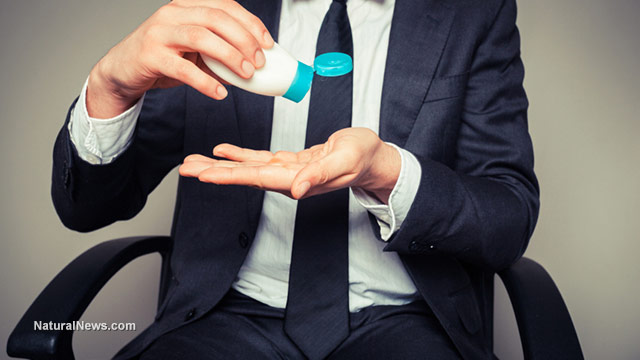
Advertisement
Microbeads were introduced into products like face washes and toothpaste as an extra scrubbing agent. These tiny pieces of plastic were originally added to personal care products as a cheaper replacement for natural exfoliators like walnut husks and diatomaceous earth.
What Are They?
Microbeads are usually made with polyethylene or polypropylene, two of the more commonly used plastics. A single tube of face wash can contain more than 300,000 beads. In a 7oz bottle of face cleanser, roughly three-quarters of an ounce is microbeads. Each of these beads is smaller than 1mm, which is 5 times smaller than the traditional definition of microplastic. Deliberately designed to be rinsed down the drain, their tiny size allows them to slip past water filtration services. This is how they end up in bodies of water, fish stomachs, and our own bodies.
Environmental and Health Issues Caused by Microbeads
Much of the data regarding microbeads and their effect on the environment comes from the Great Lakes. The New York state attorney general released a report on microbeads that stated ,they found as much as 19 tons of microbeads are discharged into NY waters. In Lake Ontario, the most contaminated of the Great Lakes, 1.1 million microbeads per square kilometer were found in the lake bed. It is believed that wildlife mistake the tiny plastic particles for fish eggs and get them lodged in their digestive tracts. Not only do these beads cause damage as they end up in the environment, but the damage is magnified by the plastic’s ability to absorb pollutants like industrial chemicals, phthalates, PCBs, and estrogen-disruptors. These toxins are then passed on to the animals that consume them – seagulls, turtles, fish, and humans.
The initial push for legislation against microbeads came from the dental industry after professionals began finding bits of blue plastic stuck in patients’ mouths. Microbeads leave the mouth at greater risk of infections like gingivitis and periodontal disease due to their ability to absorb industrial chemicals and bacteria. Microbeads also may be hormone disruptors, which makes it even more upsetting to have them lodged between your teeth and gums. The American Dental Association cites a lack of clinical evidence supporting the health risks of the microbeads, conveniently mirroring the stance of major retailers.
How to Find and Avoid Microbeads
The FDA maintains that microbeads are safe and they are even approved for uses in food (Think about it; the FDA is totally cool with you eating bits of plastic). The good news is, many companies are noticing the public and state pressure concerning the safety of microbeads and are removing them from their products. Many of them are still in the process of removing them, though, and knowing how to read your ingredients can help you avoid microbeads right now. Polyethylene is the most important ingredient to look for. Other ingredients that indicate the presence of microbeads are polypropylene, poly-e-terephthalate, and polymethyl methacrylate. Some of the major brands using microbeads in their face wash, body scrubs, and toothpastes include:
- Proctor and Gamble (this includes Crest and Olay)
- Johnson & Johnson (this includes Neutrogena and Aveeno)
- L’Oreal (this includes Garnier and the Body Shop)
- Proactiv
- Nivea
- Estee Lauder (this include Clinique)
- Discount lines from Walgreens, CVS, and other retailers
Obviously not every product has them, which makes it even more important to check out the ingredients of personal care products you use. Using wildcrafted or organic personal care products from a trusted business also eliminates the health and environment pollution of microbeads.
Legislation Regarding Microbeads
Illinois is the first state to have legal action in place concerning non biodegradable microbeads. Starting in 2017, microbeads will be phased out of all products until the total ban of them in 2019. Colorado, Maine, and New Jersey have laws resembling Illinois’. Michigan, Minnesota, Oregon, Wisconsin are close behind with similar bills having been presented to their legislation. One issue with these bills is the fact that they leave the possibility open for companies to claim that their microbeads are actually “biodegradable.”
California is addressing that issue by approving a bill that will ban microbeads is all forms. If that bill makes it into law, it could be the end for microbeads because of the prohibitive cost of making microbead-free products for only one state. The businesses that don’t see anything wrong with microbeads despite growing evidence otherwise are only going to stop using them when it becomes too costly to use them in their manufactured products.
States are slowly coming around to the idea that these microbeads are not only dangerous, but unnecessary. There are alternates to these products, and who doesn’t want to feel good about the personal care products they use?
Sources:
Advertisements







